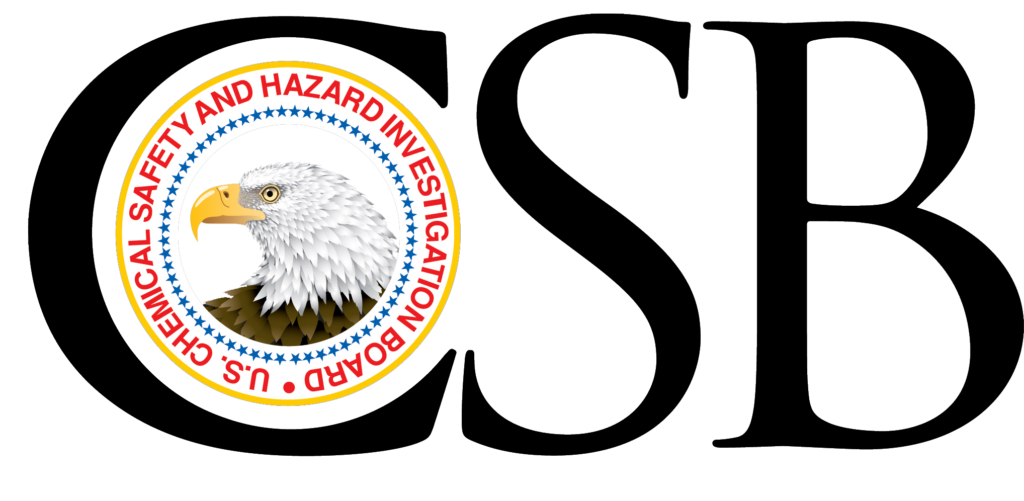The EPA has made a relatively small update to the process of submitting, updating, or correcting your RMP filing. The change is minor, but if not accounted for, it can slow down or stop your filing process.
What Changed?
- The facility’s Certifier (Certifying Official) is required to complete an “identity proofing” process.
- The Certifier must sign an electronic signature agreement (ESA) through the CDX portal.
- Electronic signature agreements are no longer required within RMP*eSubmit.
It has always been a requirement for the Certifier (and Preparers) to have profiles established through the CDX portal, but the identity proofing and CDX Electronic Signature Agreement (ESA) components are new.
It’s possible that this identity proofing and signature agreement are already taken care of, but it would still be prudent to ensure your Certifier has met these requirements several weeks before your RMP submittal/update are due.
Who is Affected?
The Certifying Official for your process’s RMP filing is the only one affected. The EPA defines these people as:
“Certifiers are facility owners or operators who must certify the accuracy and completeness of the information reported in the RMP. They have signed and submitted a one-time Electronic Signature Agreement (ESA) to the EPA. The ESA legally binds the Certifier’s electronic submission to their signature. Only Certifiers can submit the RMP.”
This is usually a plant manager, owner, or some other member of upper management. In order to be respectful of their time, it would be good to let them work through these new requirements well before the filing is due.
If you believe that your Certifier has already met these requirements, here is what the EPA’s guidance suggests to verify:
”Some existing users may not be impacted if they previously completed identity proofing and signed a standard CDX ESA for another program service that uses the same CDX organization as their RMP*eSubmit Certifying Official role.
…
Existing Users who Registered Before February 24, 2023
Existing users who have not verified their identity or without a standard CDX ESA will be prompted to complete identity verification and ESA when they access the RMP*eSubmit for the first time. The one-time process can be initiated by logging into CDX and clicking on the “Certify Submission” role link. Users will be able to complete this process using one of the below methods:
- Electronically – fastest method
- Verify identity using LexisNexis.
- If you pass verification, electronically sign the standard CDX ESA.
- Paper process – if you opt out of or fail the limited LexisNexis identity verification attempts
- Click “Paper Verification” option.
- Print the standard CDX ESA – the Status for the role will change to “Awaiting ESA Approval” on the MyCDX page.
- Sign the paper ESA with wet ink.
- Mail all pages of the ESA to the RMP Reporting Center (address located on the last page of the ESA).
- The RMP Reporting Center will verify ESA information and activate the role if appropriate.
Once the above electronic or paper process is complete, you will be able to access RMP*eSubmit.”
The EPA’s RMP eSubmit User Manual has more information, and detailed step-by-step instructions for any CDX portal or RMP filing questions you may have. (Link functional as of June, 2023)
As always, we will continue to track any changes we can find concerning Ammonia Refrigeration process safety. Any changes or updates will be posted here and accounted for in the OSPSM compliance templates. If you have questions or would like to find out more, please contact the RC&E Safety and Compliance team ([email protected]).



